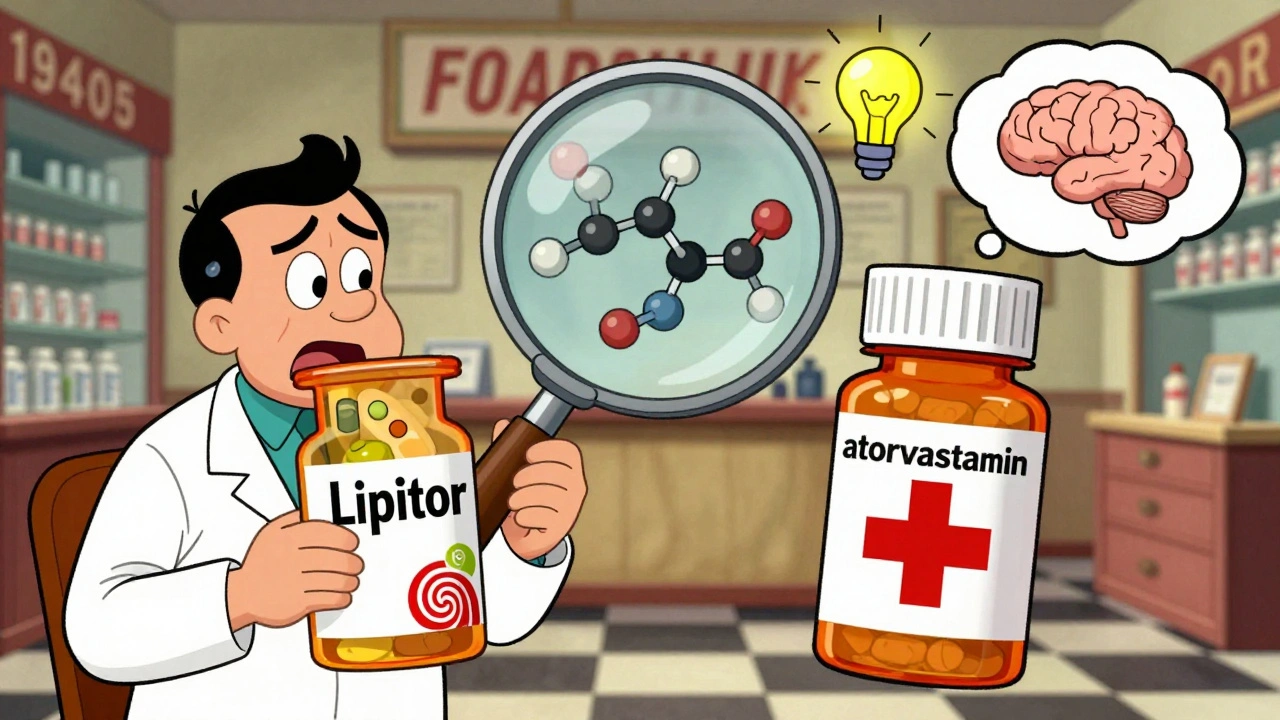Fertility Medication: What You Need to Know
When talking about Fertility Medication, drugs used to help people conceive by stimulating ovulation, supporting the luteal phase, or preparing the uterine lining. Also known as reproductive pharmacotherapy, it plays a key role in many assisted‑reproduction plans.
Most people start with oral agents before moving to injectables. The classic first‑line pill is Clomiphene Citrate, a selective estrogen receptor modulator that induces ovulation in women with anovulatory cycles. If clomiphene doesn’t spark an egg, doctors often add or switch to Gonadotropins, injectable hormones like FSH and LH that directly stimulate the ovaries. Both options require regular ultrasound monitoring and blood‑test checks to keep dosage safe and effective.
How Different Medications Fit Into a Treatment Plan
Beyond clomiphene and gonadotropins, fertility medication includes aromatase inhibitors such as letrozole, which lower estrogen levels enough to trigger a natural surge of follicle‑stimulating hormone. Letrozole is especially useful for women with polycystic ovary syndrome because it tends to produce fewer multiple pregnancies. Another group—progesterone supplements—helps maintain the uterine lining after ovulation, making the environment more welcoming for a fertilized egg.
When medication alone isn’t enough, it often pairs with assisted reproductive technology (ART) like intrauterine insemination (IUI) or in‑vitro fertilization (IVF). In these cases, the drugs act as a foundation, increasing the number of mature eggs available for collection or improving the timing of insemination. The synergy between medication and ART is why many clinics design a step‑wise protocol, starting simple and adding complexity only as needed.
Safety is a recurring theme across all drug classes. Common side effects range from mild hot flashes and mood swings to more serious ovarian hyperstimulation syndrome (OHSS). That’s why doctors schedule frequent ultrasounds and blood work—these checkpoints form a feedback loop that adjusts the dose in real time. Understanding that feedback loop helps patients feel more in control and less anxious about the unknown.
Cost is another practical concern. Oral pills like clomiphene and letrozole are generally affordable, while injectable gonadotropins can run into hundreds of dollars per cycle. Insurance coverage varies widely, so checking your plan early can prevent surprise bills. Some pharmacies also offer discount programs for long‑term prescriptions, which can shave a sizable chunk off the total cost.
Emotional readiness plays a hidden but powerful role. Studies show that couples who receive clear information about what each medication does, how long it takes, and what side effects to expect report higher satisfaction and lower dropout rates. Simple tools—like a shared calendar for injection days or a checklist for blood‑test appointments—can keep both partners aligned and reduce stress.
When it comes to timing, most protocols follow a predictable rhythm. A typical clomiphene cycle starts on day 3 of the menstrual period, with medication taken for five days. Monitoring begins around day 10, and ovulation is usually triggered by a short‑acting hormone shot if needed. Injectable gonadotropin cycles are longer, often requiring daily injections for 8‑10 days before the final trigger shot. Knowing this timeline helps patients plan work, travel, and personal commitments.
Nutrition and lifestyle also influence how well medication works. Adequate folic acid, balanced protein intake, and maintaining a healthy weight are all linked to better ovulatory response. Even modest changes—like reducing caffeine or quitting smoking—can boost the success rate of both oral and injectable regimens.
Finally, it’s worth noting that not every fertility medication is suitable for every diagnosis. Women with certain uterine abnormalities, severe endometriosis, or hormonal imbalances may need a different approach, sometimes bypassing medication for direct ART interventions. A thorough work‑up, including hormone panels and imaging, guides the clinician in picking the right drug toolbox.
Below you’ll find a curated selection of articles that dive deeper into each of these topics—comparisons of specific drugs, safety guides, buying tips, and practical advice for everyday management. Explore the range, pick the pieces that match your situation, and feel confident moving forward with informed choices.
Buy Cheap Generic Clomid Online - Safe & Affordable Fertility Pills
Learn how to safely purchase cheap generic Clomid online, compare prices, verify pharmacies, and avoid common pitfalls.






